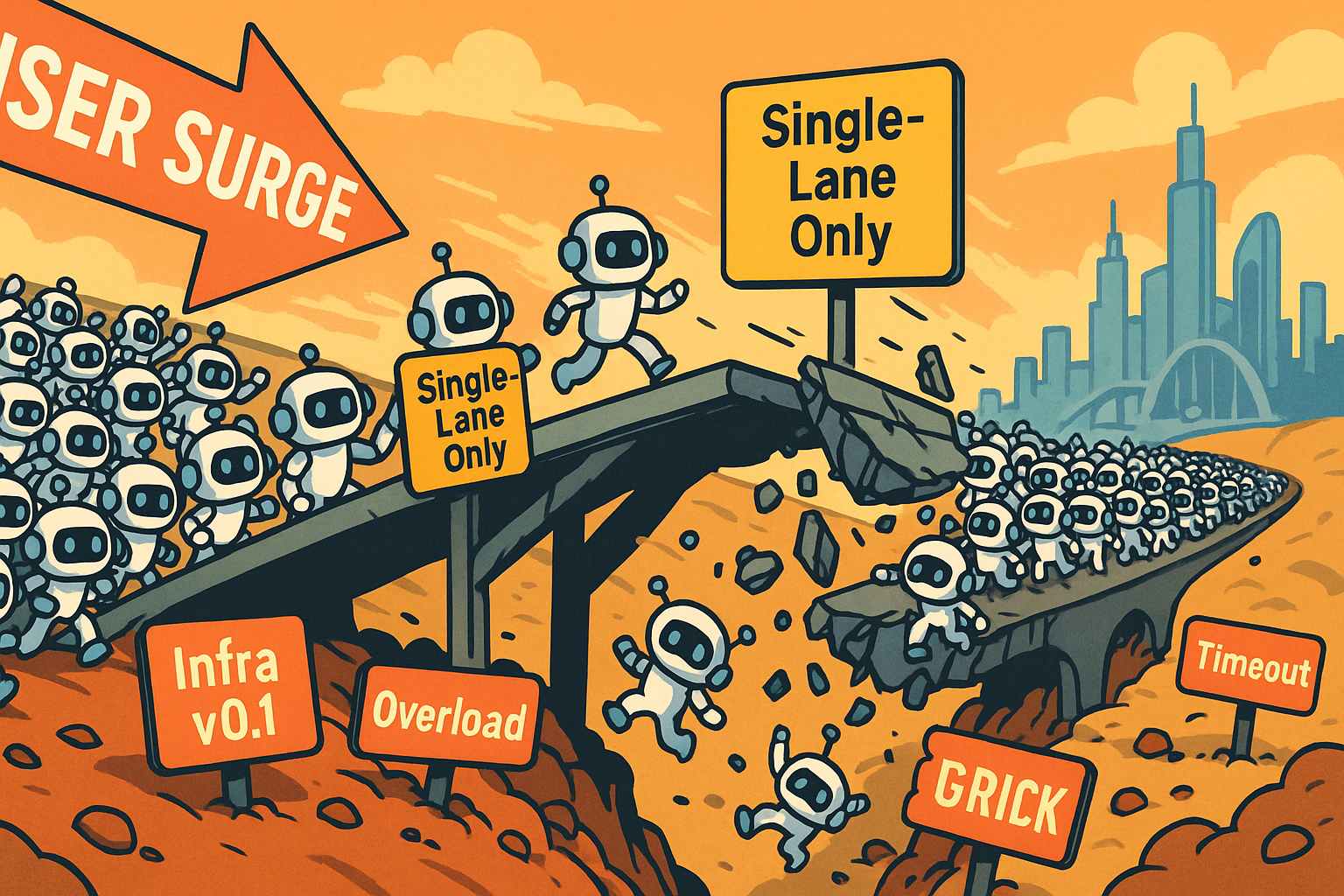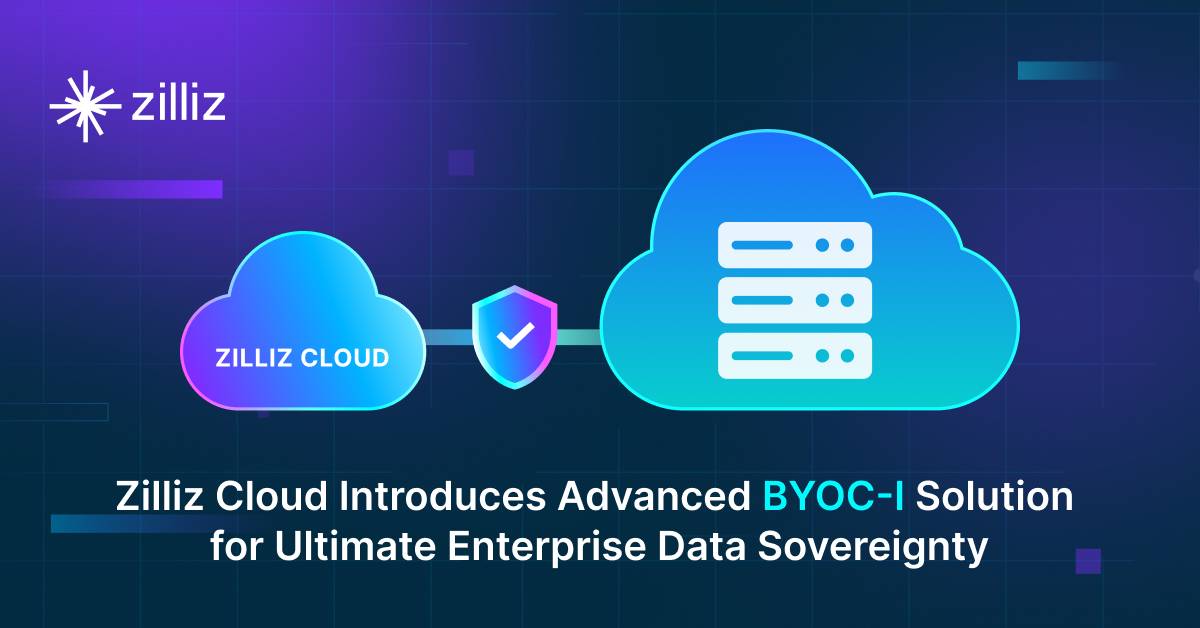Navigating the Challenges of ML Management: Tools and Insights for Success

As machine learning (ML) continues to advance at breakneck speed, the complexity of managing and versioning massive datasets and models has grown exponentially. While developers have long relied on tools like Git for version control in software development, the unique challenges of machine learning require more specialized solutions. Unlike software, where codebases can be versioned and managed relatively easily, ML models, datasets, and artifacts often lack a unified industry standard for versioning and management.
At a recent Unstructured Data Meetup hosted by Zilliz, Rajat Arya, the Co-founder of XetHub (now acquired by HuggingFace), discussed how he and his team addressed this gap in ML versioning and management. His team developed XetHub, a tool that scales Git to handle petabyte-scale data. Yes, you read that right—petabyte-scale data. But why was this necessary? What benefits does it bring, and how does it work? How does it relate to vector databases? Let’s dive into Arya’s insights and unpack the key points.
Watch the replay of Rajat’s talk
The Pain Points in Machine Learning Development
One of the major hurdles in machine learning development is the absence of comprehensive tools that cover the entire ML pipeline. While numerous tools exist for specific tasks, there's a significant gap when it comes to solutions that handle the end-to-end process efficiently. Here are some key pain points:
Scalability
Managing datasets that can scale up to 100 petabytes and beyond is a massive challenge, especially when traditional tools impose limitations on the number of files you can work with.
Data Management
Creating immutable snapshots of repositories is crucial for ensuring data integrity and easy version control. Without this capability, tracking changes and maintaining consistency becomes difficult.
Collaboration
Facilitating seamless collaboration among data scientists and engineers is essential. The revolution brought by source control in software development hasn’t fully extended to ML, where collaboration often faces roadblocks due to the lack of standardized tools.
Observability
Understanding how and when changes occur in models and datasets is crucial for debugging and improving ML systems. Without visibility into these changes, teams struggle to iterate effectively.
From Research to Real-World ML Applications: Everything Changes
In the early days, ML and AI were primarily research-focused, with academic goals that involved working on static, often structured datasets. The objective was to improve metrics like accuracy or error rates, which worked well in a controlled research environment.
However, as ML has transitioned from academia to industry, the landscape has changed dramatically:
Static vs. Dynamic Datasets
Academic ML often deals with static datasets, but industry ML involves constantly changing data, sometimes updated as frequently as hourly. This dynamic nature requires tools that can handle continuous updates seamlessly.
Structured vs. Unstructured Data
While academic research often focuses on structured data, real-world applications frequently involve unstructured data. This shift demands more sophisticated data processing and handling techniques. We need purpose-built vector databases like Milvus and Zilliz Cloud (fully managed Milvus) for data storage, indexing, and retrieval to manage such unstructured data.
Growing Model Complexity
ML models are becoming increasingly complex, with more parameters and deeper architectures. Managing these complex models requires tools that can scale alongside them.
Integration with Application Code
In industry settings, ML models must integrate smoothly with application code, necessitating a cohesive ecosystem of packages and frameworks that work together without friction.
Extending Git’s Capabilities for Machine Learning with XetHub
XetHub tackles the scalability challenge by extending Git’s capabilities to efficiently manage large datasets and models. Here’s how it makes a difference:
No Limits on File Numbers: Traditional Git struggles with handling a large number of files, but XetHub removes this limitation, allowing seamless scaling, regardless of file count.
Immutable Snapshots: XetHub creates immutable snapshots, ensuring data consistency and reproducibility—essential for robust ML development.
Efficient Data Management: Instead of transferring large datasets, XetHub manages metadata and pointers, making the system faster and more efficient, saving both time and resources.
Achieving Observability in Machine Learning Projects
Observability is crucial for ML models and systems, providing the visibility needed to debug, iterate, and improve models. Here are some suggestions to enhance observability in your ML projects:
Data Summarization
Start with the data. Create a one-pass, sketchy summary of your data and features. This is crucial because it allows you to understand shifts in your dataset over time. For instance, if dataset A has different distributions at different points in time, having summaries enables you to make informed decisions based on these changes.
Model Metrics and Behavior
Store not just your model’s metrics but also understand how your model behaves. For example, tracking the feature importance of your ML models helps you see which features are driving predictions. Changes in feature importance could indicate shifts in your training data or architectural modifications. This deep understanding of your models ensures that you can quickly debug and improve them.
Compute and Operations
Compute is integral to ML observability. Every operation, whether it’s on data, code, artifacts, or other assets, should be stored for every commit or change. This comprehensive tracking enables full ML observability, ensuring efficiency, traceability, and reproducibility across different runs of the same process.
The Role of Vector Databases in Modern Machine Learning
Vector databases, such as Milvus and Zilliz Cloud (fully managed Milvus), are a type of data management systems that store, index, and retrieve high-dimensional data—numerical representations (also known as vector embeddings) of unstructured data like text, videos, audio, and images. They are widely used for similarity search, semantic search, recommendation systems, retrieval augmented generation (RAG), and many other use cases.
As ML models and datasets grow more complex, managing and retrieving vast amounts of high-dimensional data becomes increasingly challenging. Vector databases address this challenge, offering solutions that traditional databases cannot match.
Retrieval Augmented Generation (RAG)
One of the most exciting applications of vector databases is in Retrieval Augmented Generation (RAG). This technique combines the power of large language models (LLMs) with efficient vector data retrieval. In a RAG setup, an input query is transformed into a vector using a machine learning model like OpenAI’s text embedding models and searched against a vast collection of vectors stored in a vector database like Milvus. The most relevant results are retrieved and fed into the LLM, enabling it to generate more accurate, contextually relevant responses. This approach not only mitigates hallucination issues in LLMs and makes it possible to tap into the potential of private or proprietary datasets without worrying about data security problems.
Bridging the Gap Between Research and Industry
The transition from research-focused ML to real-world applications often involves dealing with unstructured and dynamic data. Vector databases are uniquely equipped to handle this challenge, allowing continuous adaptation of ML models to the latest data. This adaptability ensures that models remain relevant and effective even as the underlying data evolves.
For example, in e-commerce, where product descriptions and customer reviews are constantly updated, a vector database like Milvus can quickly retrieve the most pertinent information, enabling the ML model to provide up-to-date recommendations and insights.
Seamless Integration with Tools Like XetHub
XetHub’s ability to manage petabyte-scale data complements the strengths of vector databases. By creating immutable snapshots and efficiently managing metadata, XetHub ensures that large-scale ML projects maintain data integrity and version control, even as they scale. Vector databases can integrate with various machine learning models and tools like XetHub, supporting the development and deployment of ML models, particularly in scenarios like RAG, where the accuracy and relevance of information retrieval are paramount.
Conclusion
Rajat Arya’s discussion highlighted the significant challenges in machine learning and the need for better tools to manage and version models and data. XetHub addresses these needs by extending Git’s capabilities to handle massive datasets efficiently.
As machine learning continues to advance, having robust tools for observability and data management becomes crucial. By combining solutions like XetHub with vector databases and machine learning models, we can enhance the effectiveness of ML projects, ensuring they are well-managed and adaptable to new data. Such combinations support a smoother transition from research to real-world applications, making AI development more practical and reliable.
Further Resources
Replay of Rajat Arya’s Meetup Talk on YouTube.
Paper: Git is for Data
- The Pain Points in Machine Learning Development
- From Research to Real-World ML Applications: Everything Changes
- Extending Git’s Capabilities for Machine Learning with XetHub
- Achieving Observability in Machine Learning Projects
- The Role of Vector Databases in Modern Machine Learning
- Conclusion
- Further Resources
Content
Start Free, Scale Easily
Try the fully-managed vector database built for your GenAI applications.
Try Zilliz Cloud for FreeKeep Reading

Build for the Boom: Why AI Agent Startups Should Build Scalable Infrastructure Early
Explore strategies for developing AI agents that can handle rapid growth. Don't let inadequate systems undermine your success during critical breakthrough moments.

Zilliz Cloud Introduces Advanced BYOC-I Solution for Ultimate Enterprise Data Sovereignty
Explore Zilliz Cloud BYOC-I, the solution that balances AI innovation with data control, enabling secure deployments in finance, healthcare, and education sectors.

Building Secure RAG Workflows with Chunk-Level Data Partitioning
Rob Quiros shared how integrating permissions and authorization into partitions can secure data at the chunk level, addressing privacy concerns.
